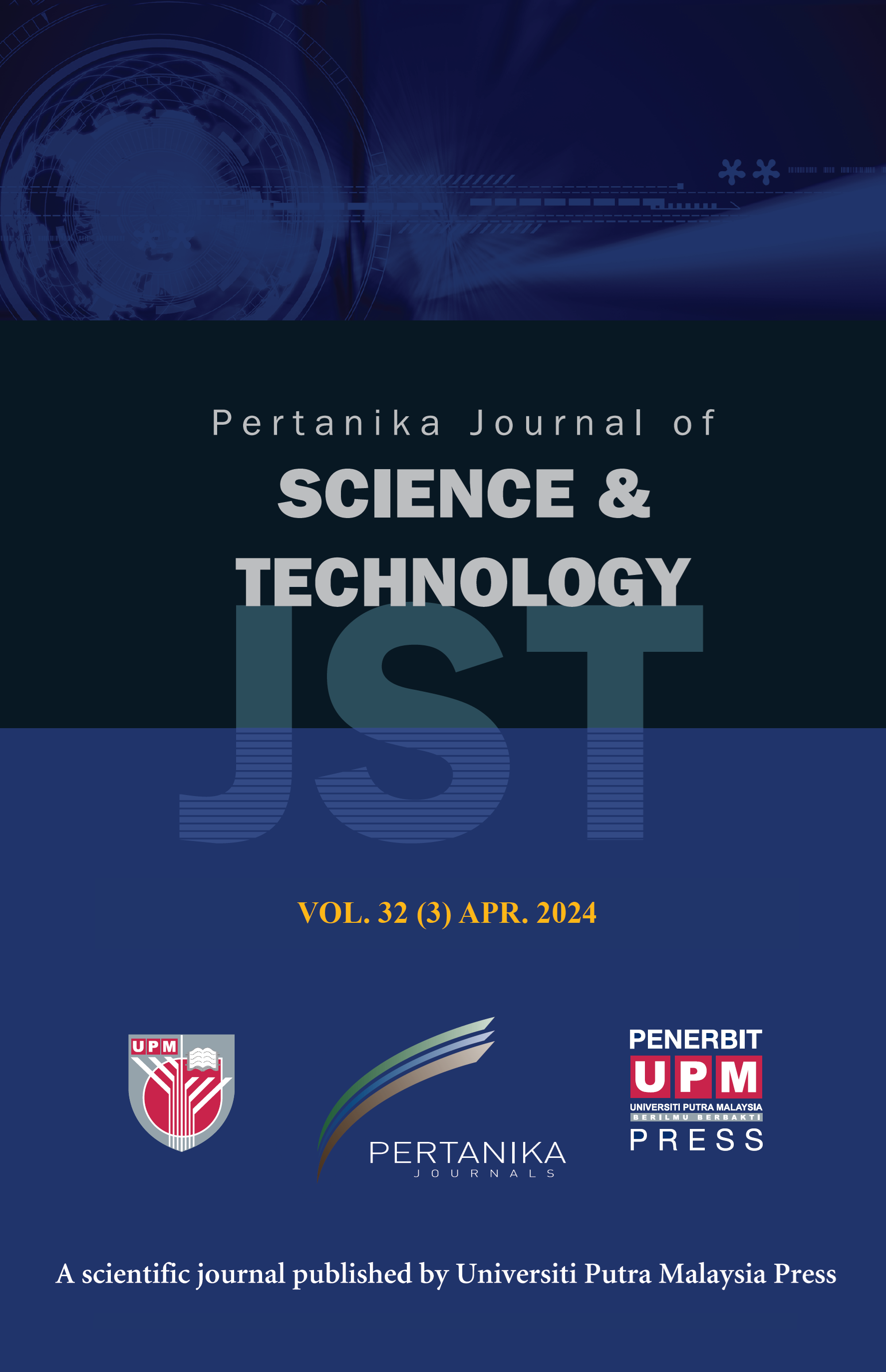PERTANIKA JOURNAL OF SCIENCE AND TECHNOLOGY
e-ISSN 2231-8526
ISSN 0128-7680
Assessment on Flux Reduction and Protein Rejection Behavior in Fractionating Tilapia By-Product Protein Hydrolysate by Ultrafiltration Membrane
Jumardi Roslan, Siti Mazlina Mustapa Kamal, Khairul Faezah Md Yunos and Norhafizah Abdullah
Pertanika Journal of Science & Technology, Volume 27, Issue S1, December 2019
Keywords: Fish protein hydrolysate, flux reduction, protein hydrolysate, protein rejection, tilapia by-product, ultrafiltration
Published on: 21 June 2019
Modification of tilapia by-products (TB) into fish protein hydrolysate (FPH) using enzymatic treatment is a favorable approach for enhancing their values and applications in the food industry. The TB protein hydrolysate has a wide range of sizes, which is possible to be fractionated using ultrafiltration (UF) membrane for obtaining small sized peptides. Thus, the present study aims to assess the flux reduction behavior of ultrafiltration membrane by varying transmembrane pressure, stirring speed and solution pH. Regenerated cellulose membrane of 10 kDa molecular weight cut-off (MWCO) was used throughout of the study. It was found that the trends for flux behavior of all parameters were reaching steady state within 60 – 70 minutes. At completion of filtration (at 70 minutes), the highest permeate flux for each operating and physicochemical parameters were at 3 bar (13.6 L/m2h), 600 rpm (42.8 L/m2h) and pH 8 (53.4 L/m2h). In term of protein rejections, significant effects were attained for stirring speeds with reduction of 57% from 0 to 600 rpm and lowest protein rejection (9.6%) was obtained at pH 8. Thus, controlling the operating parameters of the UF process could reduce membrane fouling.
ISSN 0128-7680
e-ISSN 2231-8526




